#x-ray photography
Text

Hilja Raviniemi ~ Untitled (Flowers), 1960s. Collection of the Finnish Museum of Fine Arts | src Valokuvamuseo · IG
view & read more on wordPress
Hilja Raviniemi (née Nieminen, 1915–1973) dedicated her life to art photography at a time when it was still a niche phenomenon in Finland. The art photography scenes consisted…
#1960s#finnish photographer#Hilja Raviniemi#radiogram#women artists#women in the arts#women photographers#x-ray#x-ray photography#botanicals#flowers#blumen#fiori#fleurs#flora#Finnish museum of photography
178 notes
·
View notes
Text

X-Ray Photography by Ivan Tsupka
Mixed Media, C-type on Paper
#Ivan Tsupka#art#artist#photography#Mixed Media C-type on Paper#X-Ray Photography#X-Ray Photography by Ivan Tsupka
42 notes
·
View notes
Text


Azuma Makoto: X-Ray Flowers (2023)
9K notes
·
View notes
Text


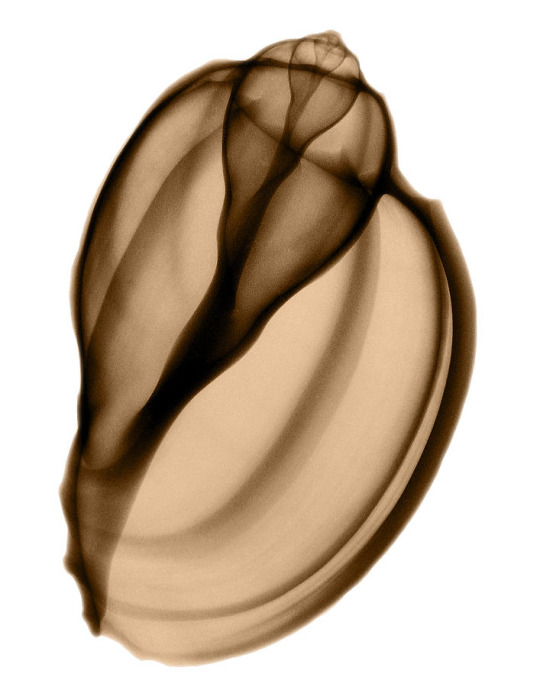
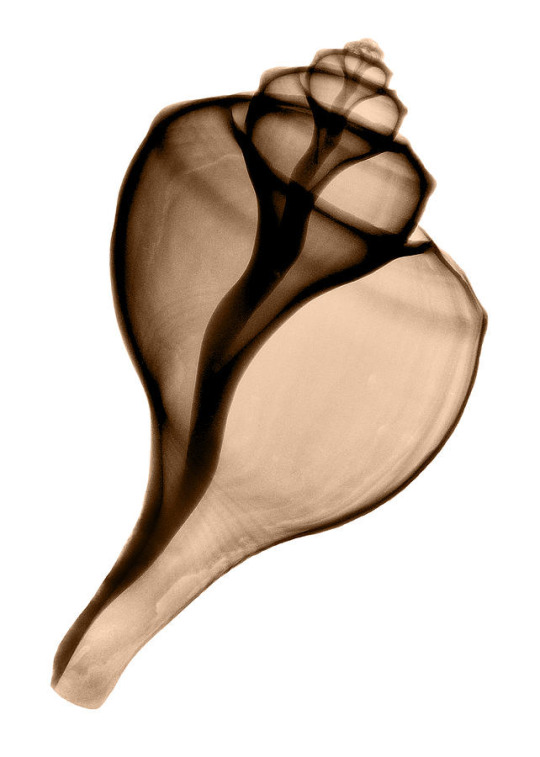
x-ray of shells Photography By: George Green
23K notes
·
View notes
Text

A Calla lily under an X-ray machine, 1930s
915 notes
·
View notes
Text


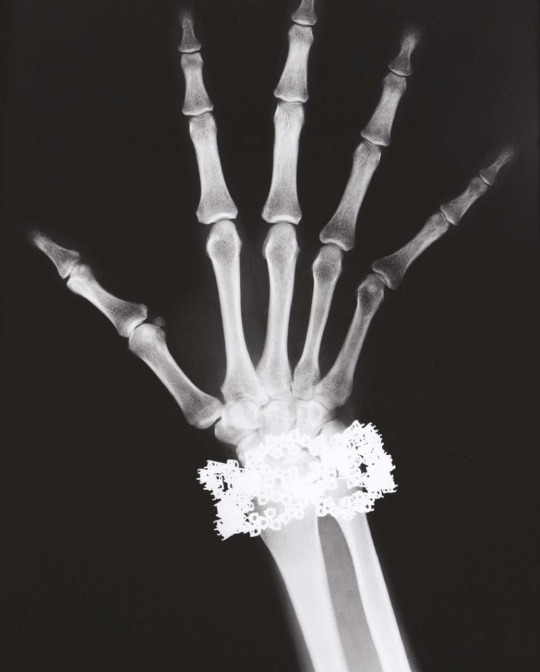


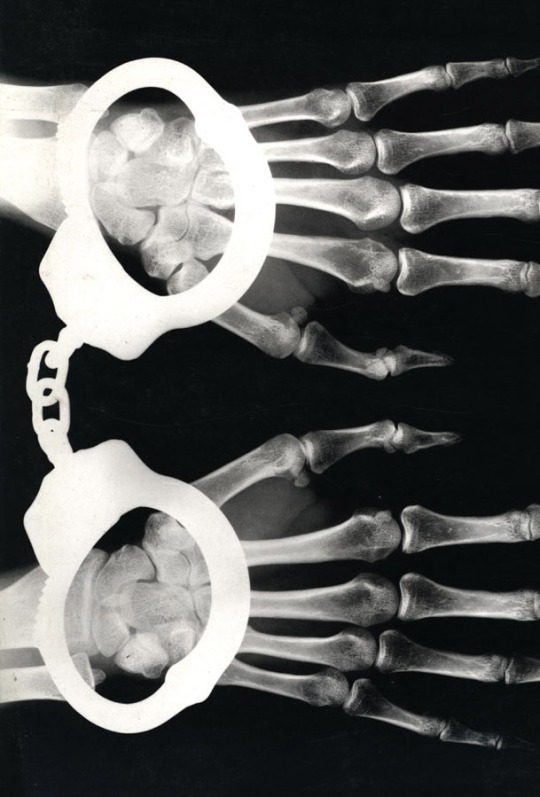
Helmut Lang: X-Ray Series (1979-1995)
#helmut lang#x ray#aesthetic#90s#70s#van cleef & arpels#vogue#paris#photography#fashion photography#fashion#photographer#jewelry#shoes#bones#x rays
360 notes
·
View notes
Text
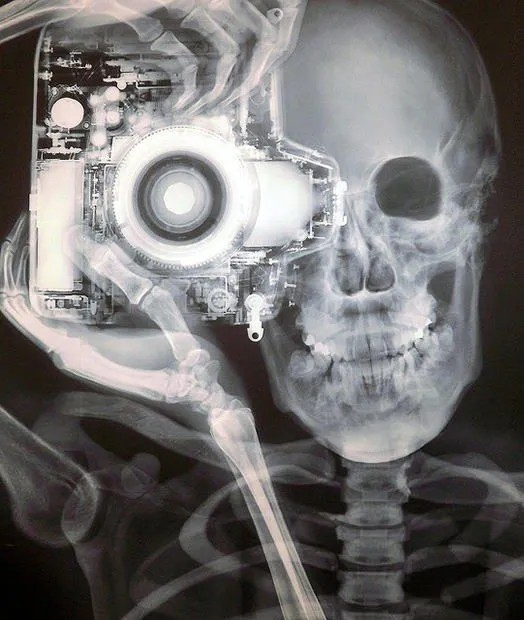
Eerily beautiful x-ray photography by Benedetta Bonichi
251 notes
·
View notes
Text

NGC 2264 Aka 'Christmas Tree Cluster'
Courtesy: NASA
#art#cosmos#cosmic#universe#blast#space#photography#stars#nasa#christmas tree#cluster#merry christmas#surreal#green#cone nebula#nebula#monoceros#x-ray#NGC 2264
219 notes
·
View notes
Text


...
-L.F.
84 notes
·
View notes
Text

An X-ray of a Stingray by Ken Jones.
985 notes
·
View notes
Photo

686 notes
·
View notes
Text

Herbert W. Franke (1927-2022) ~ Radiographische Gladiolen, Kontakt, 1956
Aus Experimentalserie (Experimental series) Alternative Sichtweisen | src Schneider-Henn (link to pdf)
#Herbert W. Franke#Herbert Franke#X-ray photography#x-ray#flowers#blumen#gladiola#1950s#fiori#fleurs#gladiolus#radiography
51 notes
·
View notes
Text
✨️A black hole 13.2 billion light-years away from us! ✨️

Credit to NASA, Chandra & the JWST
Chandra & the JWST captured the most distant black hole in X-Rays!
It shows the black hole as it existed 470 million years after the Big Bang, which was when the universe was at 3% of its current age!
The research team has found strong evidence that the newly discovered black hole was born massive.
Its mass is estimated to fall between 10 & 100 million Suns, based on the brightness and energy of the observed X-rays.
This mass range is similar to that of all the stars in the galaxy where it lives, which is in stark contrast to black holes in the centers of galaxies that usually contain only about a tenth of a percent of the mass of their host galaxy’s stars.
The large mass of the black hole at a young age, plus the amount of X-rays it produces & the brightness of the galaxy detected by Webb, all agree with theoretical predictions in 2017 for an "Outsize Black Hole" that directly formed from the collapse of a huge cloud of gas.
Outsize Black Holes are also referred to as heavy Black Hole seeds.
These black holes have masses around 40 million times that of our sun.
It's theorized thay they form from the direct collapse of a massive cloud of gas, unlike your typical black hole that's born when a massive star reaches the end of its life & collapses under its own gravity.
Galaxies theorized to host such heavy black hole seeds are referred to as Outsize Black Hole Galaxies (OBGs).
These galaxies are likely to be very distant, seen as they were when our 13.8 billion-year-old universe was somewhere around 400 million years old.
(Which matches with the newest observation.)
Yet, what is so special about them besides their age, size & name?
Their size compared to their age.
Typically, the existence of supermassive black holes is not unusual. They grow over billions of years.
Sagittarius A* had enough time to grow to around 4.5 million times the mass of the sun.
The black hole at the heart of a galaxy named M87 managed to get even bigger, sitting at around 5 billion times the mass of our star.
And BECAUSE these growth mechanisms are estimated to take place over billions of years, the discovery of similarly supermassive black holes that existed between just 500 million years to a mere billion years after the Big Bang is challenging. Those mass-gathering methods wouldn't have had the time needed to result in such gargantuan black holes!
And yet - ✨️THEY EXIST. ✨️
Scientists suggest supermassive black holes could've grown from light black hole seeds with masses around 10 to 100 times that of the sun.
Those light seeds would theoretically be born via the standard mechanism of stellar-mass black hole creation, namely the death & collapse of the universe's first generation of stars.
Also, early supermassive black holes could've grown from heavy seed black holes with huge masses around 100,000 times the mass of the sun.
These would've formed directly from the collapse of massive clouds of matter, thus skipping the "star stage" of other black holes entirely. GASP.
Astronomers refer to such black holes as "Direct Collapse Black Holes"(DCBHs) or "Outsize Black Holes"
Here's the wallpaper version freely available from the Chandra website:
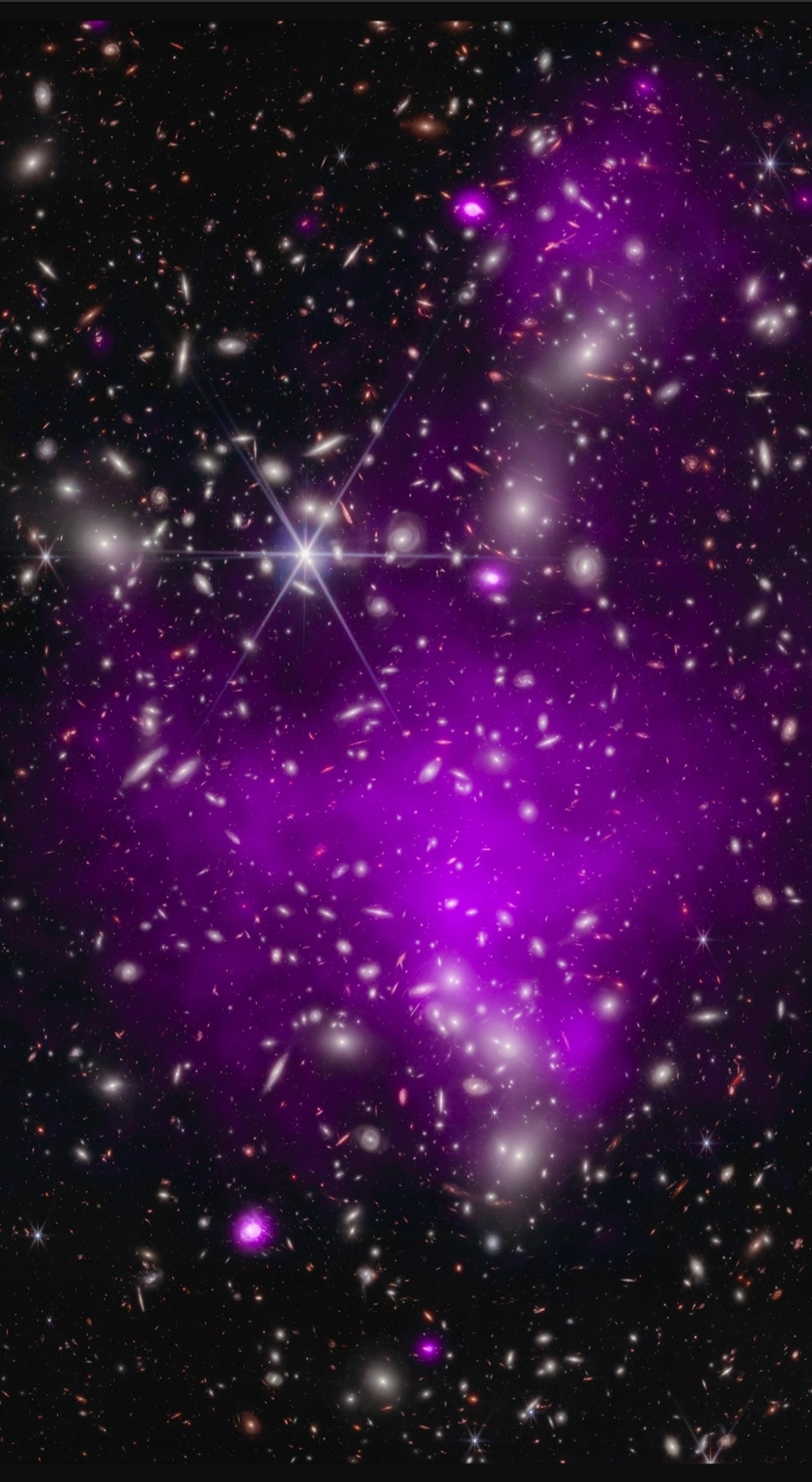
*happily chirps*
Thank you for reading! 💜🍪
#donnies special interests#donnies exceptional mind#turtle net#nasa#why purple is better than blue#space photography#space is awesome#astrophysics is the best#donnies purple vibes#rottmnt donnie#autistic donnie#chandra x ray#black holes#space
60 notes
·
View notes
Text
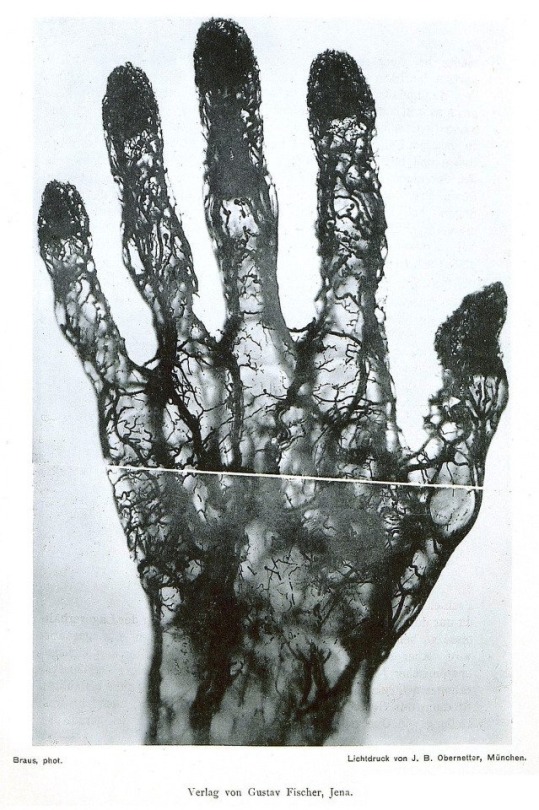
An X-ray image of the blood vessels of the hand made using mercury injection (1896)
7K notes
·
View notes
Text
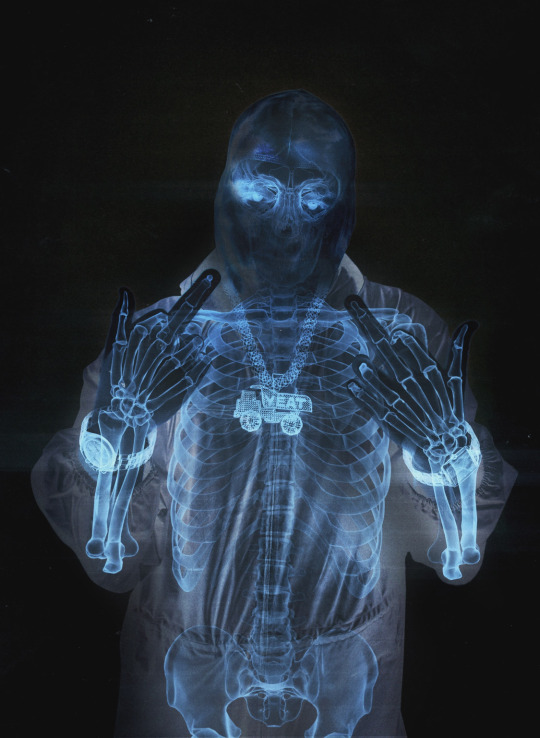
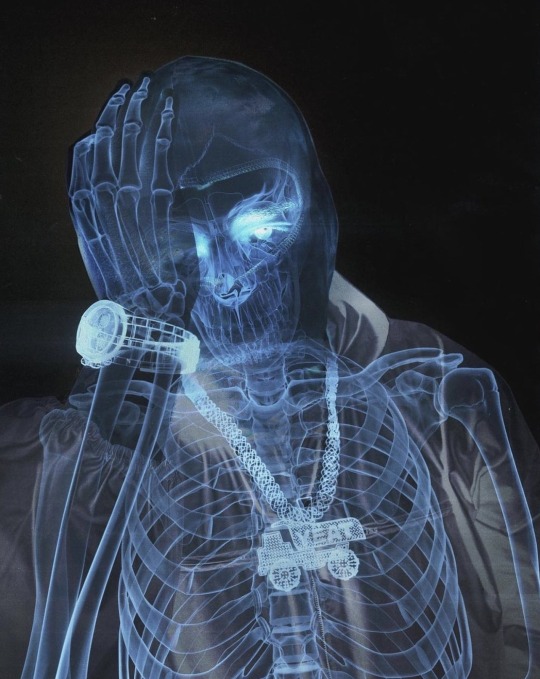

Yeat for Complex Magazine Photographed By: Cian Moore (2022)
#2001hz#01hz#2001hz archive#yeat#complex magazine#photography#complex#x ray#2022#y2k aesthetic#cian moore
2K notes
·
View notes
Text
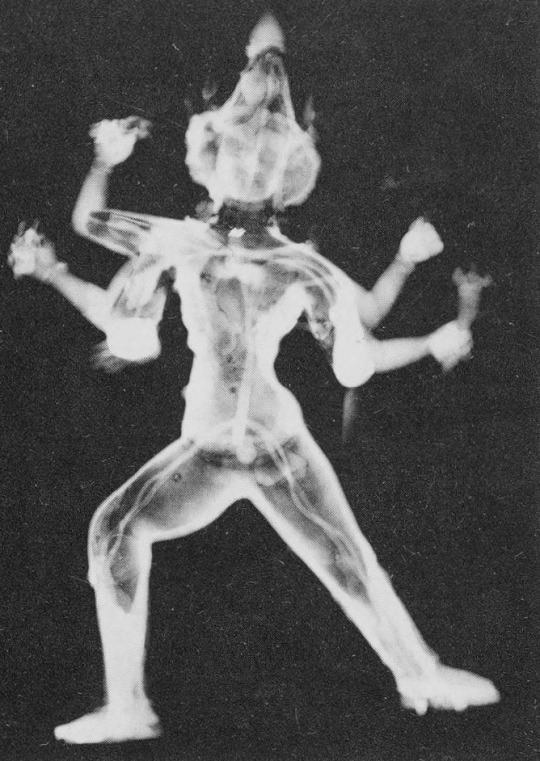
Buddhist sculpture X-ray n.01
#x ray#buddhist art#buddhism#art#b&w#b&w picture#b&w photography#void#mythology#art history#history#Tibet#x-ray#sculpture#buddhist sculpture#dark art#black and white
163 notes
·
View notes